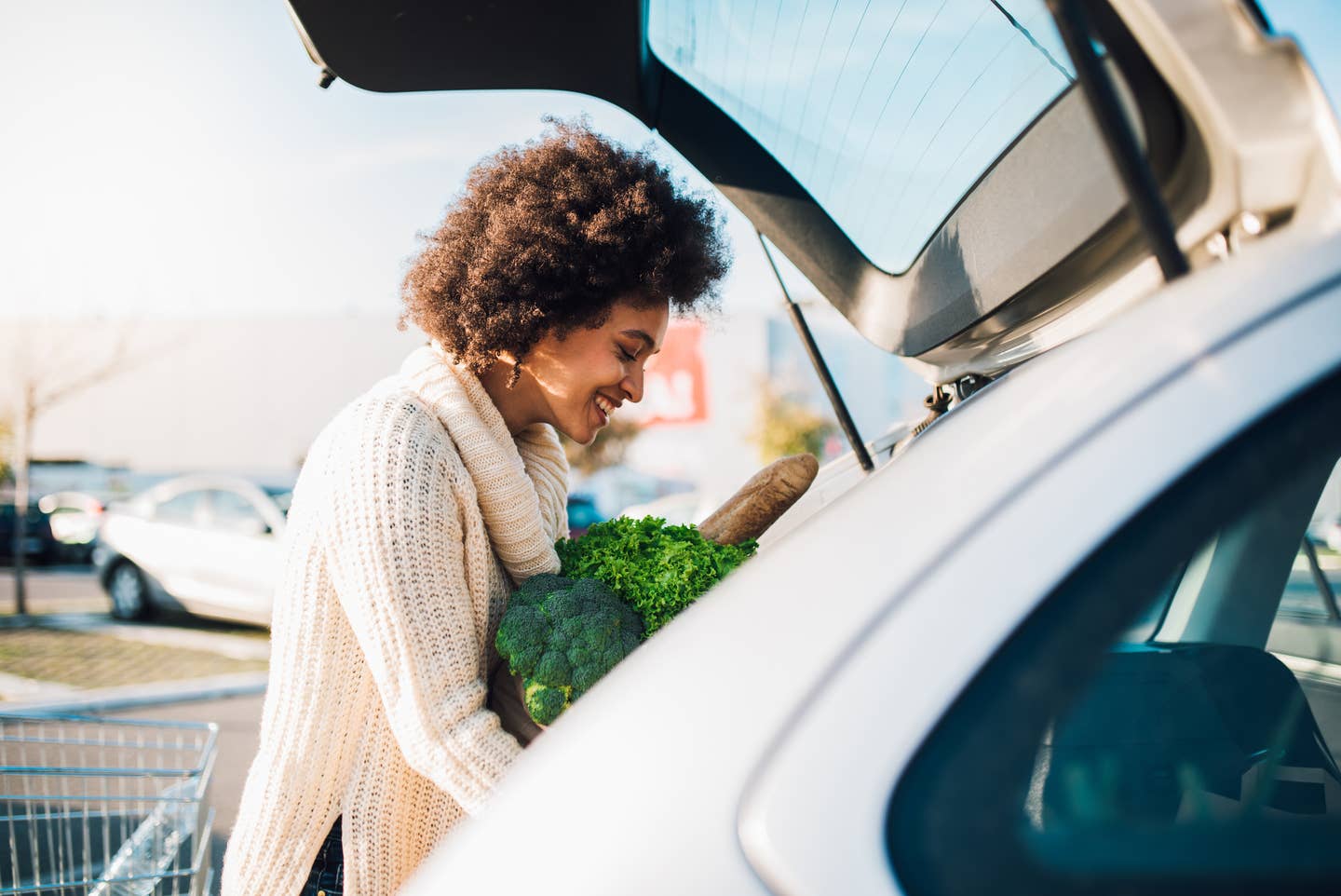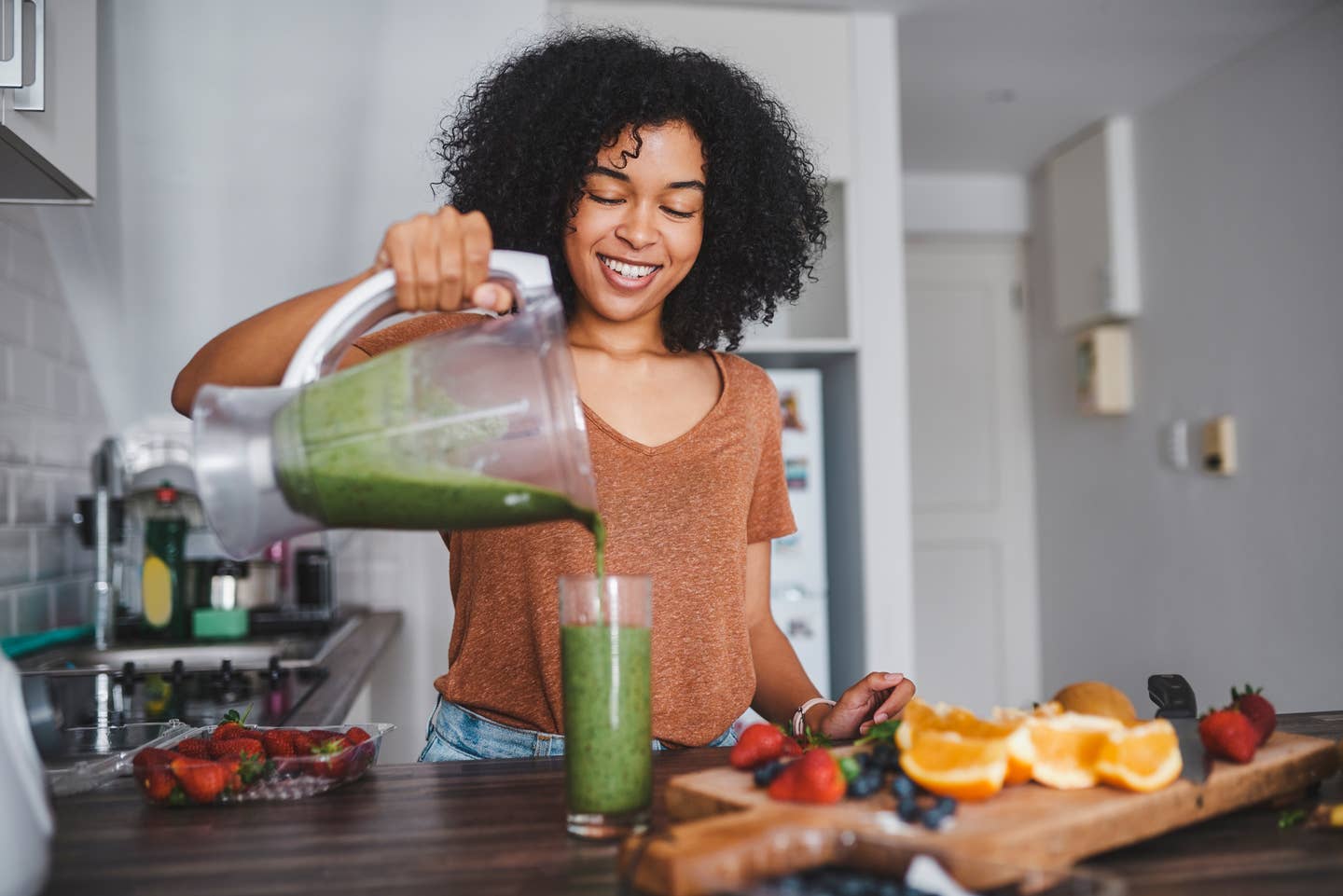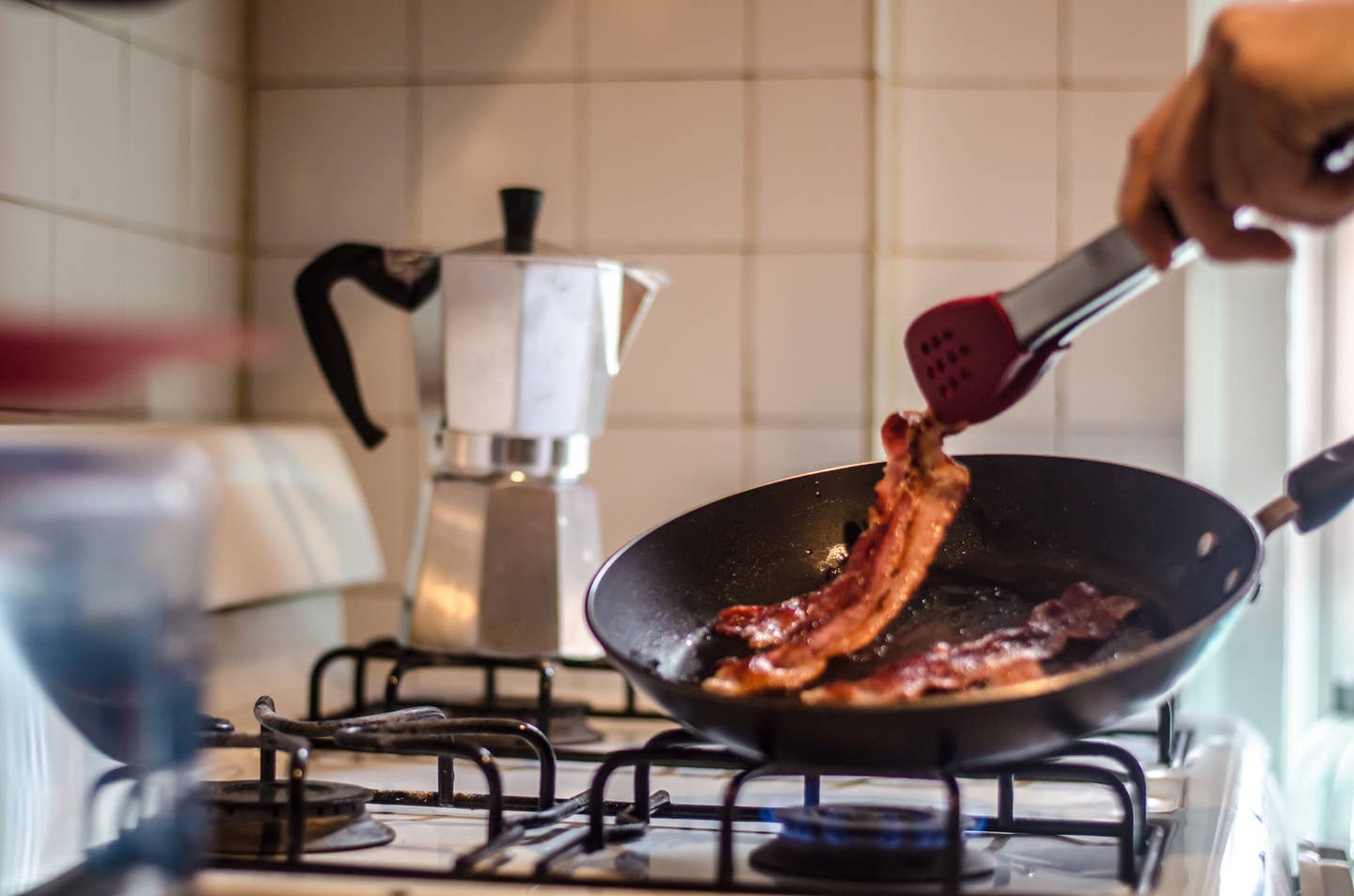
7 Ways to Save Money on Your Plant-Based Grocery List and Eat Healthy
Hey, you’re already okay with not ordering the chili cheese fries. But now that you’ve swapped meat and mozzarella for a plant-forward lifestyle, you may be wondering how else you can keep more money in the bank.
The best news? By going vegan, you’re likely already saving big without even trying, as animal products from the seafood counter to the butcher to fancy cheese can cost a pretty penny. To help you out even more — and, we confess, steal a few ideas for ourselves — we reached out to nutritionists for their best tips to slash costs at the supermarket.
How to Save Money on Healthy Food at Your Grocery Store
1. Make a list of your staple foods in every food group
“These are foods that you cook with often, are not very expensive, and that you enjoy. These are often foods that are minimally processed, can be purchased in bulk / larger quantities, and are not very expensive,” advises Lisa Hugh, a Registered Dietitian and Food Sensitivity Expert.
For instance, in the grains/complex carbs category, these might be foods like potatoes, brown rice, and barley. In the vegetable department, this might be frozen mixed vegetables, fresh cabbage, tomatoes, and cucumbers. Once you’ve established your staple foods across categories, do some time comparison shopping to determine which stores or online grocers sell them for the best price and shop accordingly.
2. Opt for naturally low-cost vegan foods
This goes hand-in-hand with the advice above. “Many foods that are naturally vegan are also some of the most affordable foods too. Think legumes, whole grains, veggies, and fruit,” shares Bri Bell, RD, Frugal Minimalist Kitchen. “A plant-based diet starts to add up when we're relying on a lot of ready-made vegan food substitutes for animal products like faux meats, cheeses, and butter. When making your staples category, try to group products like vegan ice cream, plant-based meat, and other pricy vegan foods into a “splurge” category, and allow yourself one or two items a week.
3. Shop the generic brand
“My favorite trick is skipping the name brands and going for the no-name or the store brand. I find that these tend to be the cheapest and tend to be on higher or lower shelves not on eye-level, offers Mitchelle Wright, RDN, “You have to remember that when you are buying name brands you are actually paying for advertising, commercials, product testing and so much more.” Trust us, when you dig into those fully loaded black bean nachos or vegan enchiladas, you’ll never be able to tell if the beans were budget buys or designers.
4. Shop at a local Asian produce market
Consider Asian markets in your area as a great way to load up on tasty, affordable vegan fare. “They have excellent prices on fresh produce as well as some pantry staples such as rice noodles and tofu. A week's worth of fresh produce works out to be about $20-$30 per person there, compared to easily over $60 at a regular grocery store,” says Bell.
Crispy tofu with spicy brown sauce and mango salsa for dinner? Ah, we’re so glad you suggested it.
5. Turn your freezer into a money-saver
Raise your hand if you had to toss that fancy tempeh because you didn’t get to it by its expiration date or you watched that beautiful bag of arugula wilt in your fridge We’re raising our hand and we’re not proud. “You can freeze a lot of things. I hear from my patients all the time that they end up wasting a lot of food, especially produce because it starts to go bad before they use it,” says Hugh. “If fresh food is on the verge of going bad I freeze it in a hurry.” In addition to fresh fruits and veggies, rice, beans, soups, stews, sauces, and more also freeze well.
Currently, Hugh tells The Beet she has the following in her freezer: Fresh cilantro, fresh thyme, red onion, and a bag of shredded cabbage/coleslaw mix. “Most things can be frozen in reusable plastic containers, ziplock bags, or even the bag they came in (coleslaw mix, baby carrots, spinach/baby spinach), she shares. Sturdier herbs like rosemary and thyme can be frozen as is while softer herbs like basil and parsley in oil or water in ice cube trays.
6. Grow your own herbs and more
A windowsill is all you need for fresh herbs and even other fresh veggies like mushrooms. And if you have a yard, get planting to keep more green in both your wallet and also the table. “We grow scallions, thyme, and mint in our garden,” says Hugh. “We don't have a lot of time for gardening but these are pretty easy to maintain and are really enjoyable.”
7. Consider buying your pantry staples online
This isn’t true for all markets, but for many people, purchasing pantry items from tomato paste to vegetable stock may be most affordable when you shop online. “From experience, buying vegan nonperishable grocery items online not only saves me money but also time,” says Wright. “I do this for most of my non-perishable vegan products. The essence is these companies can buy larger quantities of a particular product, thus it is usually less expensive and it is delivered straight to my doorstep.”
For more accredited advice, visit The Beet's Ask the Expert articles.
More From The Beet






